-
Contact us with Whatsapp:
+8801734997063 -
Mail Us:
[email protected] -
Service Hours
24/7
What's the difference between automotive marketing and automotive digital marketing?
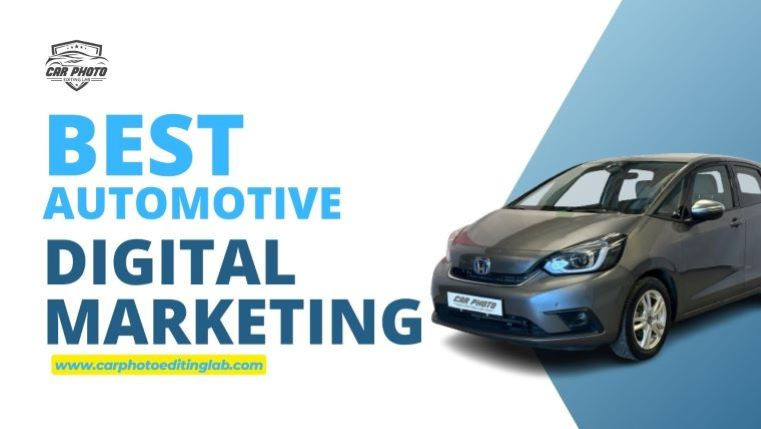
Jan 2024
- 24 Jan 2024
- Business Solution
- 0 Views
What's the difference between automotive marketing and automotive digital marketing?
Introduction
In the ever-evolving landscape of the automotive industry, marketing plays a pivotal role in steering brands towards success. As technology continues to reshape the way we connect and consume information, the distinction between traditional automotive marketing and its digital counterpart becomes increasingly significant. Let's delve into the nuances that set these two approaches apart and explore how each contributes to the success of automotive brands.
What is automotive marketing?
Automotive marketing refers to the strategies and activities employed by automotive companies to promote their products and services to potential customers. This dynamic and competitive industry encompasses a wide range of businesses, including automobile manufacturers, dealerships, parts suppliers, and service providers. Leveraging traditional advertising methods, including television, radio, print, and outdoor advertising, to reach a diverse audience, automotive marketers or hosting events, sponsorships, and partnerships to enhance brand visibility and engage with the community.
What is digital automotive marketing?
Digital automotive marketing refers to the use of online channels, technologies, and strategies to promote and sell automotive products and services. This type of marketing leverages the power of the internet, digital devices, and various online platforms to reach and engage potential customers in the automotive industry. Digital marketing use advertising channels such as display ads, search engine marketing (SEM), social media advertising, and video ads optimizing online content, including websites and blogs, to improve their visibility in search engine results. This helps increase organic (non-paid) traffic to automotive websites.
Popular social media platforms like Facebook, Instagram, Twitter, and LinkedIn are used to engage with automotive audiences. This involves creating and sharing relevant content, running targeted ads, and interacting with customers. Sending targeted and personalized emails to potential and existing customers to promote products, announce promotions, and build customer relationships. Digital automotive marketing is essential in today's connected world, as it allows automotive companies to reach a broader audience, build brand awareness, and engage with customers throughout the entire customer journey, from research to purchase and beyond.
Difference between automotive marketing and automotive digital marketing:
In the ever-evolving landscape of the automotive industry, marketing plays a pivotal role in steering brands towards success. As technology continues to reshape the way we connect and consume information, the distinction between traditional automotive marketing and its digital counterpart becomes increasingly significant. Let's delve into the nuances that set these two approaches apart and explore how each contributes to the success of automotive brands.
Advertising Media: Traditional automotive marketing encompasses a broad spectrum of channels, including television, radio, print media, and direct mail. This conventional approach relies on reaching a wide audience through mass communication. In contrast, automotive digital marketing leverages the power of the internet and online platforms to target specific demographics. This approach allows for precise audience segmentation, ensuring that marketing efforts are directed towards individuals most likely to engage with the brand.
Interactivity and Engagement: Traditional marketing methods are often one-way communication, where the brand communicates its message to the audience without immediate interaction. For instance, a TV commercial provides information, but there's limited opportunity for immediate engagement. But, Digital marketing offers a more interactive experience. Social media, search engine marketing, and online content enable real-time engagement. Consumers can participate in discussions, provide feedback, and even make immediate inquiries, fostering a sense of connection with the brand.
Cost and ROI: Traditional marketing campaigns, such as TV commercials and print ads, can be costly. While they provide a broad reach, measuring the return on investment (ROI) can be challenging. On the contrary, digital marketing often allows for more cost-effective strategies. Online advertising, social media campaigns, and search engine optimization (SEO) can be tailored to specific budgets, with the advantage of detailed analytics that enable marketers to measure the effectiveness of each campaign.
Adaptability to Trends: Traditional marketing strategies may struggle to keep pace with rapidly changing consumer trends. Once a TV commercial or print ad is produced, it's challenging to modify quickly in response to shifting market dynamics. But, digital marketing excels in adaptability. Online content can be updated in real-time, and social media allows brands to stay current with trends, engaging with audiences in the digital spaces where they spend their time.
Data and Analytics: Gathering data on the performance of traditional marketing campaigns can be challenging. Marketers often rely on indirect measures such as surveys and focus groups. But, digital marketing provides a wealth of data and analytics. Marketers can track website visits, user engagement, conversion rates, and more, providing valuable insights for optimizing campaigns and making data-driven decisions.
Which best “Traditional automotive marketing” or “Automotive digital marketing”?
Traditional automotive marketing methods have been widely used for decades, but they come with certain disadvantages, especially when digital marketing allows automotive businesses to reach a global audience. We compare traditional automotive marketing and automotive digital marketing to see which is best. You will understand that for yourself.
Traditional methods often lack precision in targeting specific demographics. Television and radio advertisements, for example, reach a broad audience, making it challenging to tailor messages to the preferences and needs of specific consumer segments. But digital marketing enables precise targeting based on demographics, interests, online behavior, and more. This ensures that automotive ads are shown to the most relevant audience, increasing the likelihood of converting leads into customers.
Production costs, airtime, and printing expenses can add up quickly, making it challenging for smaller automotive businesses to compete effectively. But, compared to traditional forms of advertising, digital marketing can be more cost-effective. Online campaigns, including social media ads and email marketing, often provide better ROI (return on investment) as they allow for budget flexibility and the ability to track and optimize performance in real-time.
Tracking the return on investment (ROI) for traditional marketing efforts can be challenging. Unlike digital marketing, where analytics tools provide detailed insights into campaign performance, it's often more difficult to measure the effectiveness of traditional campaigns accurately. Where digital marketing allows automotive businesses to reach a global audience, through online platforms and social media, manufacturers and dealers can connect with potential customers worldwide, expanding their market reach beyond geographical constraints.
In digital marketing, social media platforms provide an ideal space for automotive brands to engage with their audience directly. Regular updates, engaging content, and community building contribute to brand loyalty and word-of-mouth marketing. Finally, we can say that, when considered comparatively, digital marketing is better.
Conclusion
While both automotive marketing and automotive digital marketing aim to drive brand success, the approaches they take are distinctly different. The traditional methods of automotive marketing cast a wide net, while digital marketing hones in on targeted, interactive, and measurable strategies. The optimal approach for automotive brands often involves a balanced mix of both traditional and digital marketing, acknowledging the strengths of each in reaching a diverse and evolving consumer base. As the automotive industry continues to navigate the road ahead, a comprehensive marketing strategy that embraces the best of both worlds will undoubtedly steer brands towards sustained success.










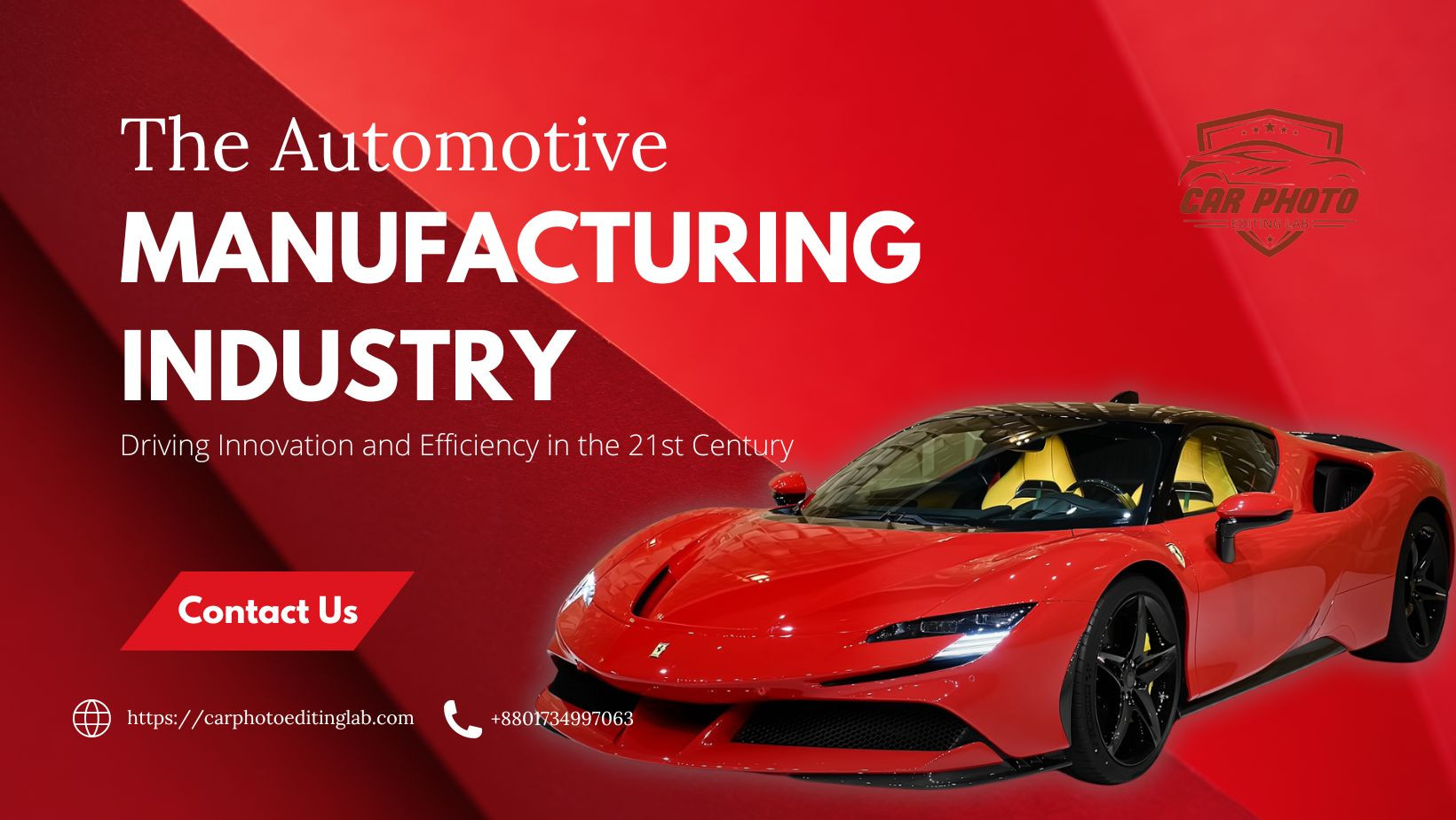
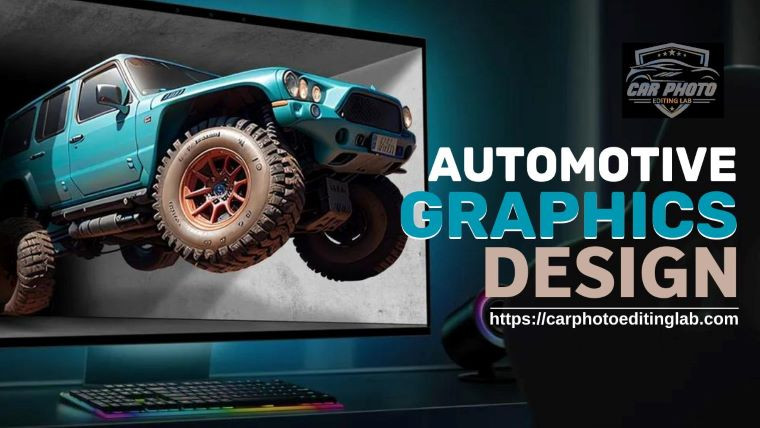
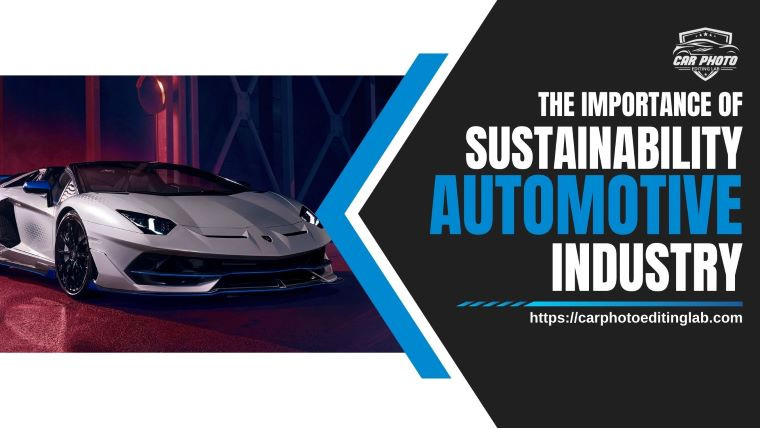

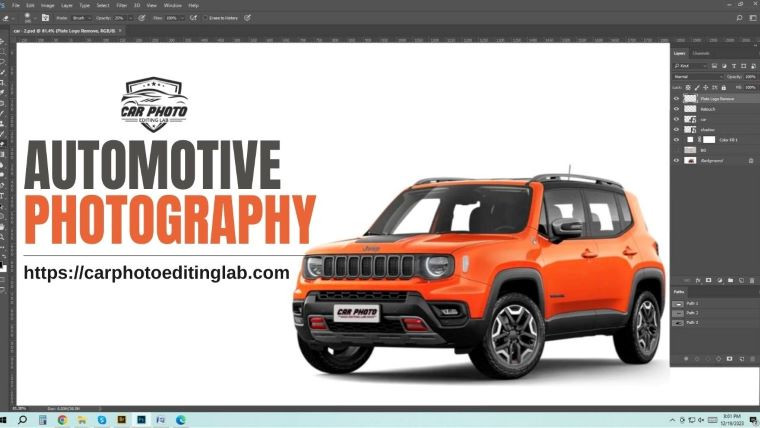









0 Comment